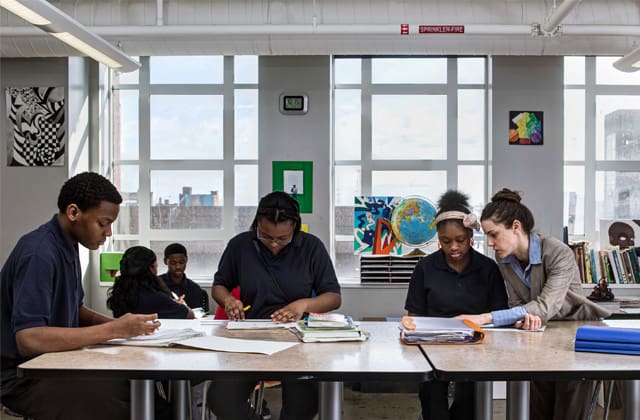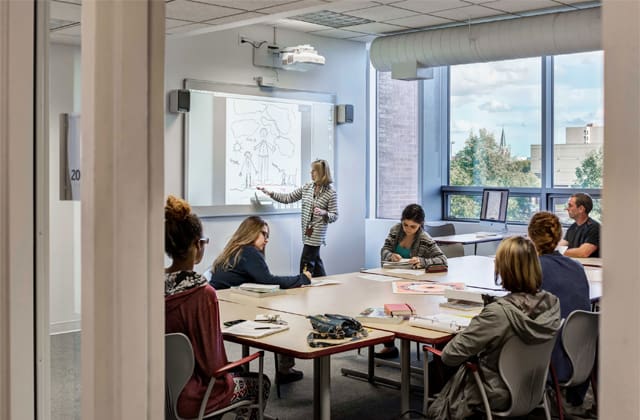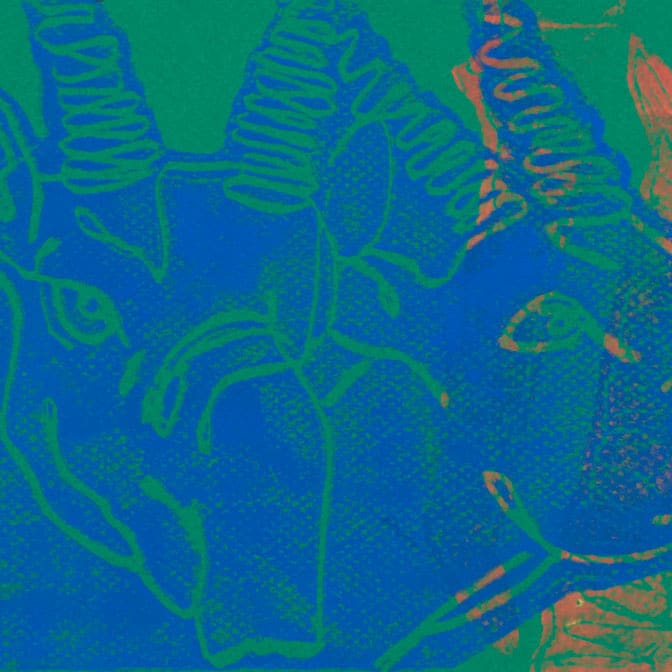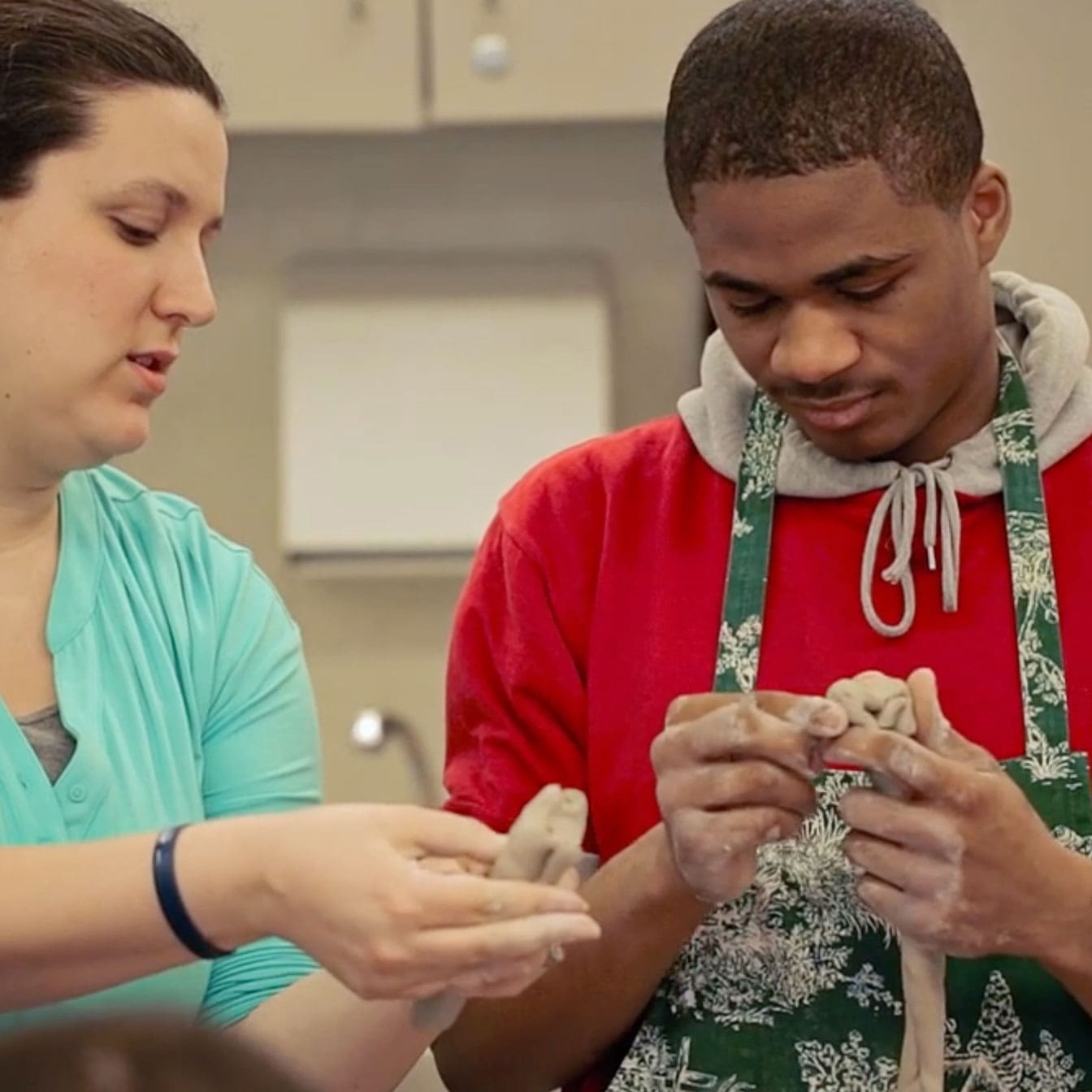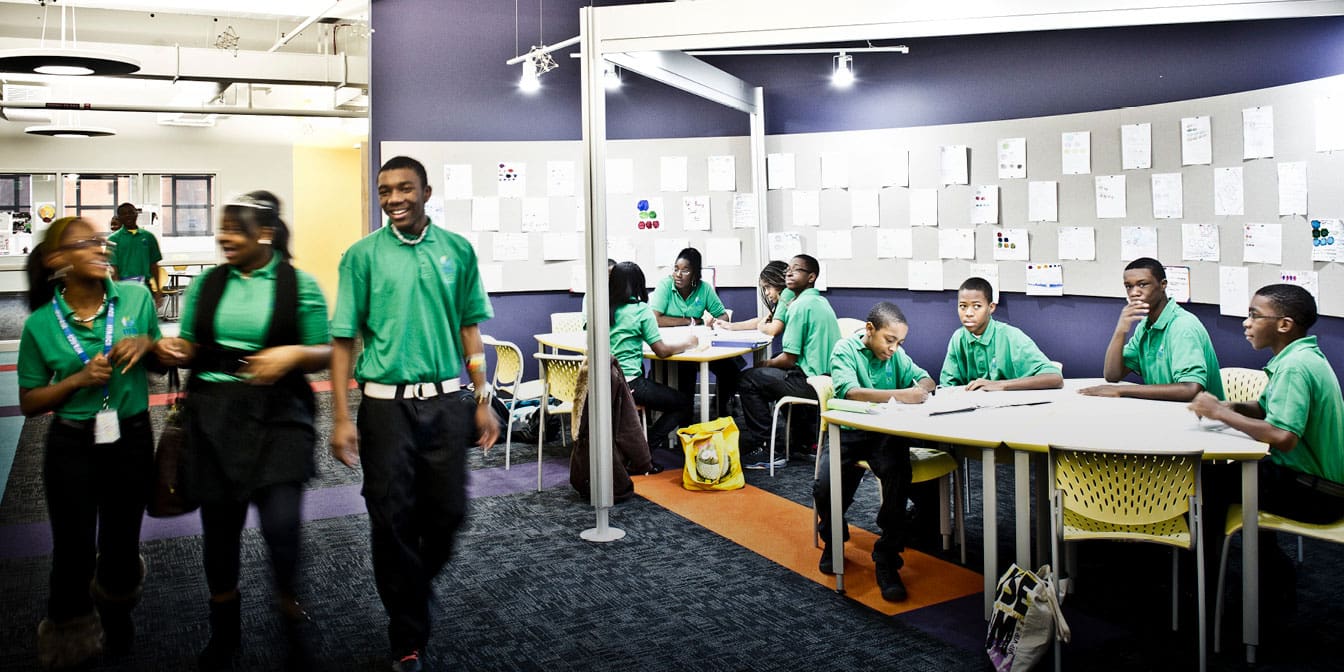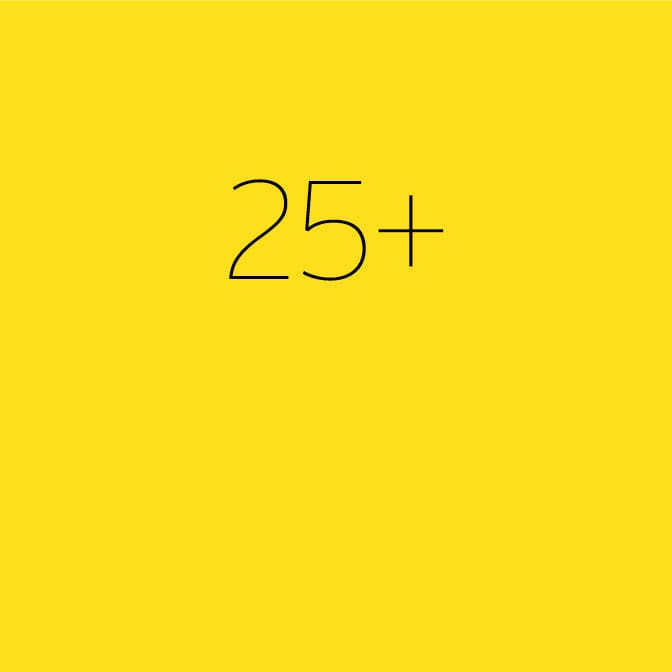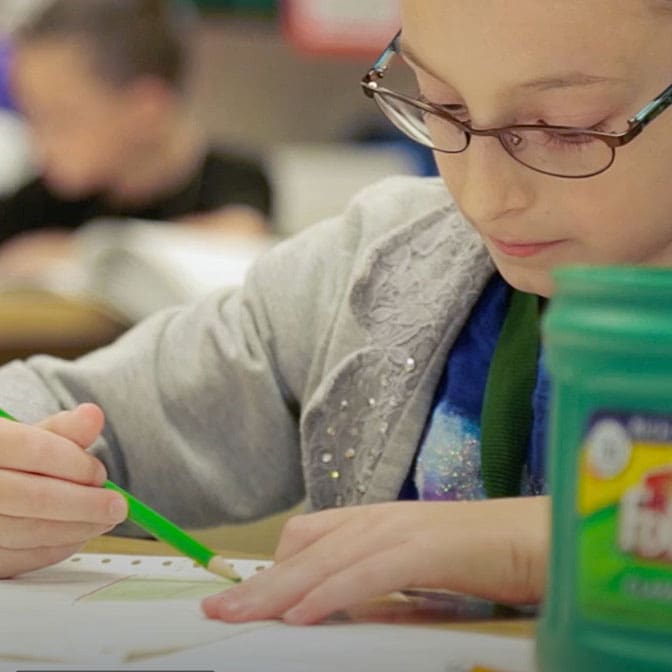ART EDUCATION
Teach What You Love. Art programs are a vital part of K-12 education, and talented art educators are in demand.

DAE 200 Art Ed Students
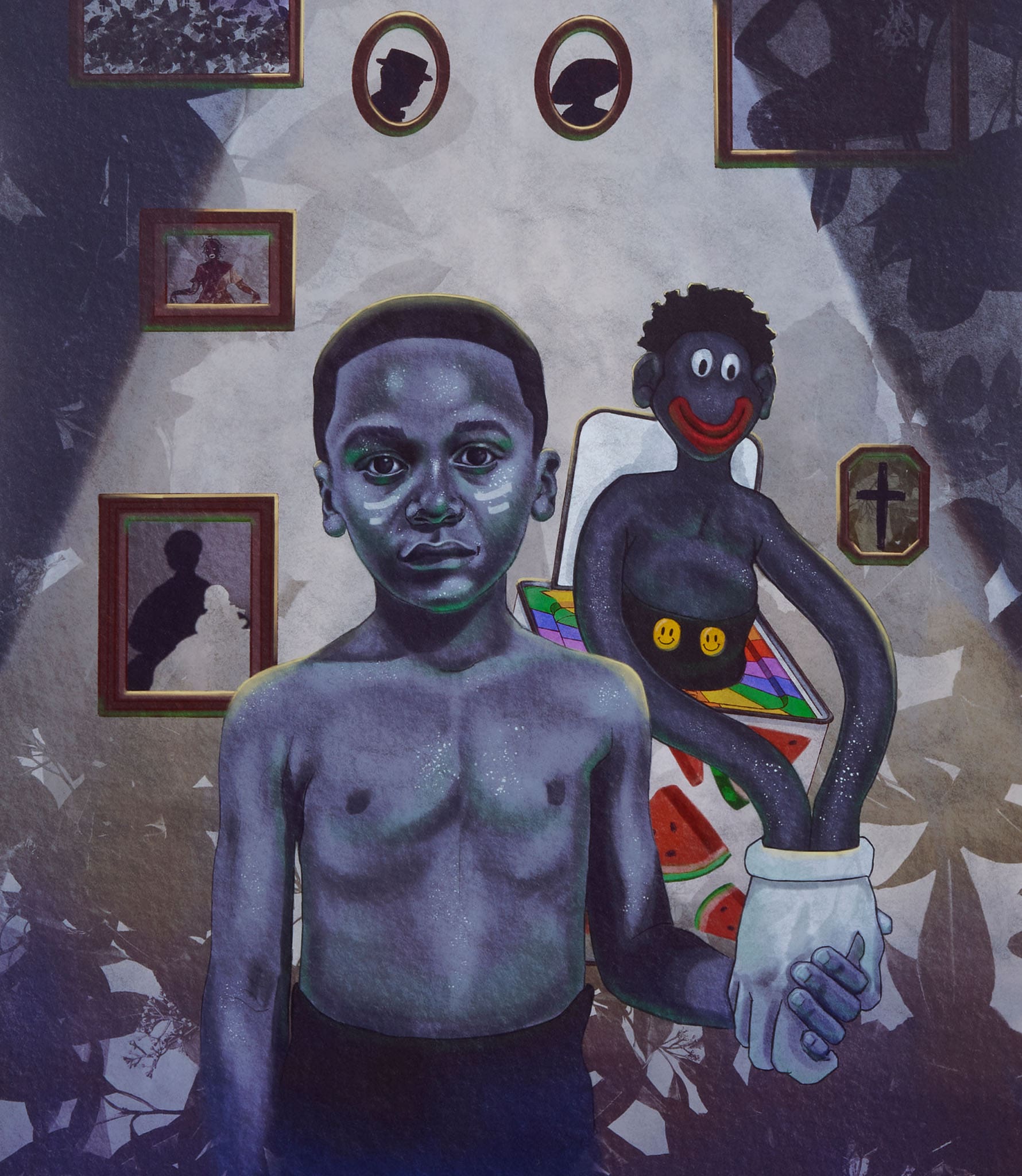
Miranda Kyle
Program Student Learning Outcomes (PSLOs)
Upon graduation from the CCS Art Education Program students will demonstrate:
- Theoretical and practical comprehension of the learner and learning as evidenced by successful completion of Art Education courses and record of extensive practicum and field experiences.
- Mastery of Art materials, techniques, and delivery appropriate to K-12 art education as evidenced through successful Behaviors and Dispositions and end of course assessments.
- Proficiency in delivery and instructional practice as evidenced by the recommendation of mentor and supervising teachers in Directed Teaching.
- Professional responsibility as evidenced by demonstrated commitment to teaching, leadership in the field, service to the community, and reflective learning.
CAREER CHOICES
K-12 Art Teacher
Community Arts Program Director
Community Arts Gallery Director
Museum Educator
Educator in Medical Facilities
Art Education Mission Statement
The Art Education program at CCS combines an internationally recognized BFA degree with dynamic and innovative teacher preparation courses. In keeping with the CCS mission of producing the finest artists in their respective fields, the Art Education Department prepares teacher candidates to be leaders in diverse educational communities and beyond. Through a rigorous professional program in content and pedagogy, students foster a love of teaching and learning, understanding of learner-centered needs, and mastery of studio/classroom best practices.
Our Philosophy
Commitment, Leadership, Service, Reflection
The CCS Art Education Department takes its charge from the commitment to educate artists and designers to be leaders in their field coupled with a solid foundation of community service. We are an art and design-based education program that believes the future of our nation is embedded in the creative minds of our students and their ability to lead the next generation. As a National Association of Schools of Art and Design (NASAD) accredited college, we prepare visual art education candidates that are: reflective learners, highly skilled and knowledgeable in their studio of choice, technologically trained, and highly qualified to meet State and National Standards.
We believe our students should be as equally skilled in art and design as they are in the pedagogy of teaching. Moreover, teachers in the content areas must be prepared to teach the breadth of their specialty; in the field of art and design that includes the history, philosophy and analysis of art, as well as the creative process.
Further, art educators must be knowledgeable across the curriculum. They must be well versed in the history and philosophy of education and understand how it relates to their own practice. We believe our teacher candidates must be prepared to teach all student populations including the full range of physical, social, and cognitive needs.
Additionally, we believe our teacher candidates must have early and continuous hands-on experiences throughout their professional program in a myriad of educational environments serving public and private pre-K-12 institutions. Likewise, learning through service to the community is fundamental to our program.
Pedagogically, we believe that a complete education is constructive in nature. We encourage open dialogue amongst students and faculty. Our courses are sequentially designed to build knowledge about teaching blended with the artistic skills, techniques and philosophies of individual studio majors and culminating in directed teaching.
Students receive hands-on experience at our onsite, art- and design-based charter school, University Prep: Art & Design in addition to schools throughout the Metropolitan Detroit Area.
Sherri Stough
Art Teacher
Romeo Community Schools
Emily Pelton
Art Educator
NYC Department of Education
Nina Q. Weis
Art Teacher
Farmington High School
Genevieve Kilck
Art Teacher
Detroit Public Schools Community District
